Concremate®
Expanding Cement
Anchoring & Patching
- Sets hard in 1 hour
- Expands and grips hard
- Sets harder than concrete in 28 days
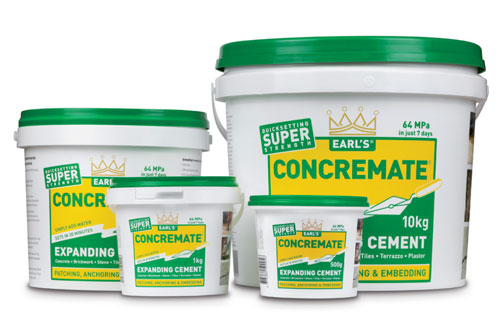
Patch, embed or anchor, Concremate expands and grips as it dries, embedding the item in the surrounding material
Mixed to a workable mortar-like consistency, Concremate sets in 30 minutes and sets harder than concrete in 28 days. An expanding element in Concremate offsets drying shrinkage (often a problem in similar products) which causes it to grip embedded items and surrounding material with bulldog tenacity. Expansion is 1/8%
Concremate quickly and firmly embeds objects like hand-rails, bolts, brackets or fixtures in concrete, stone, tile, plaster and terrazzo. Bond is strong and durable and defies severe strain, stress and vibration. Use as high pressure grout.
Concremate makes quick work of repairing holes and cracks in walls, ceilings and floors. A patch or plug of Concremate locks itself into place by expanding within the void and will not crack or let go when subjected to normal heat or pressure. Must be able to expand on drying.
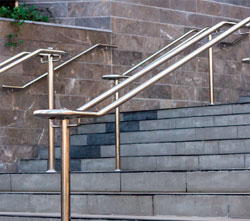
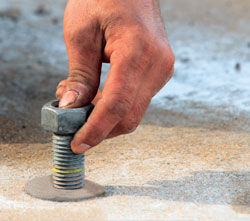
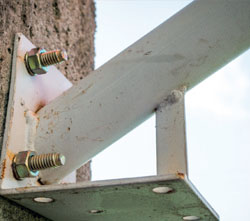
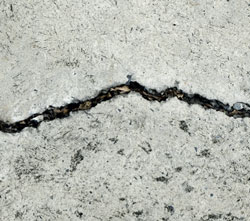
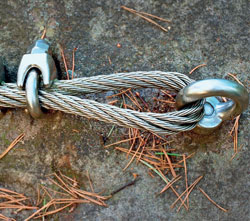
Concremate Uses
Use Earl’s Concremate to patch or embed items in:
• Brickwork
• Stone
• Tiles
• Plaster
• Terrazzo
• Concrete
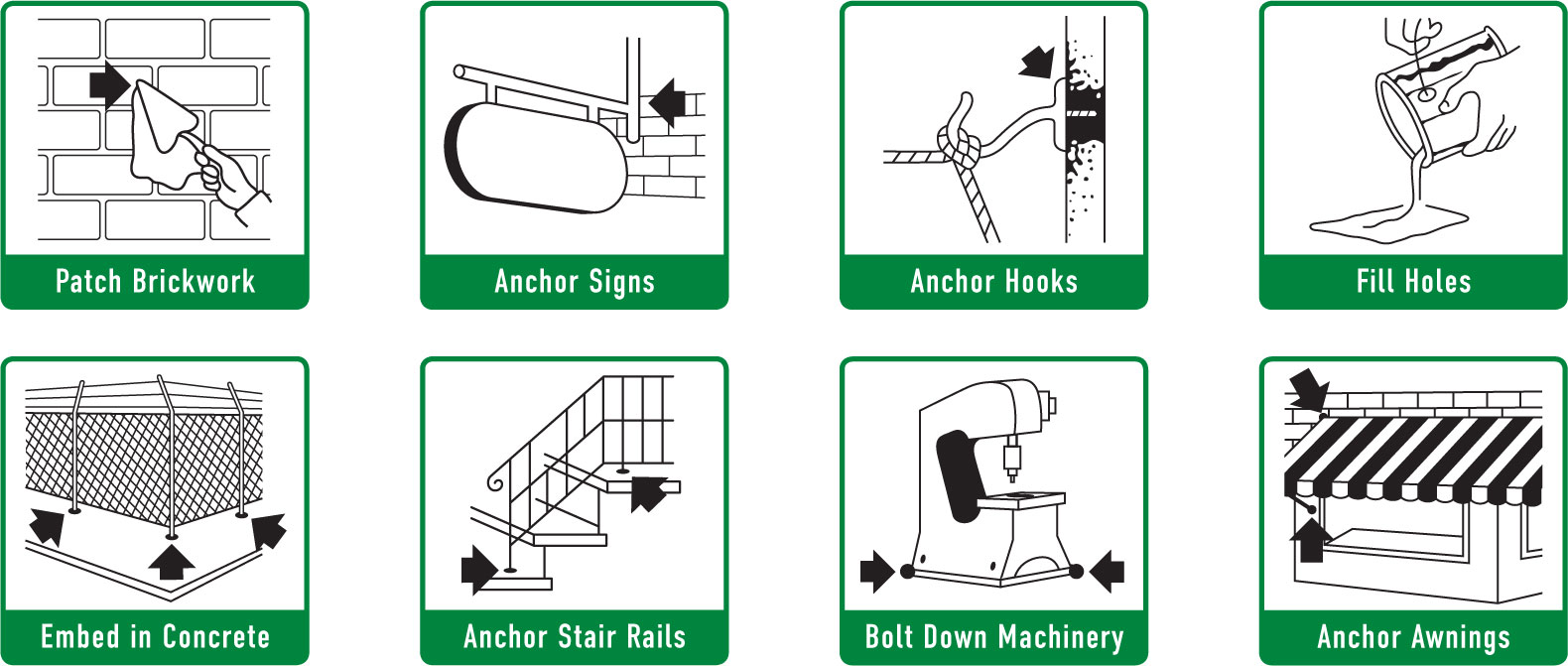
Applications
Mixing
Pour enough Concremate for the job at hand into a clean container. Don’t mix more than can be applied in ten minutes, and don’t add cement, sand or any other substance. Gradually add water until the desired consistency is reached.
To achieve FLUID CONSISTENCY (for pouring) stir in about 400ml of water per 1kg of Concremate. Final consistency should be a thick paste similar to pancake batter. If too thin, add more Concremate.
To achieve PLASTIC CONSISTENCY (TROWELLABLE) for trowelling add about 300ml of water per 1kg of Concremate. Work the mix to a putty-like firmness, kneading it with the hands if necessary. If too fluid, add Concremate sparingly. It is always advisable to wear gloves.
Embedding in concrete, stone, brick, tile or terrazzo
• Drill hole.
• Blow out dust and cuttings.
• Fill hole with water and scrub interior surfaces.
• Wipe out excess water leaving hole damp.
• In floors, position embedded item in hole and pour fluid Concremate around it.
• In walls or ceilings, fill hole with plastic consistency Concremate and press or tamp embedded item into position. If Concremate is too fluid and sags, let it stand a few minutes to dry, then smooth with trowel or putty knife.
• Support embedded items until Concremate has set (approximately 30 minutes).
• Don’t put strain on embedded items for at least one hour.
Patching cracks & holes in concrete, stone, brick, tile or terrazzo
• Remove loose and fractured material in and around void to be patched.
• Chisel edges of void so that no part of Concremate patch is less than 12mm deep. Feather edges should be avoided.
• Blow chips and dirt out of void. Remove any grease to provide clean interior surfaces.
• Keep void and surrounding area damp, but avoid water accumulation.
• Place a small amount of Concremate in void and scrub into interior surfaces to ensure bond.
• For floors, fill void with fluid consistency Concremate. For walls and ceilings, fill void with plastic consistency Concremate.
• After about ten minutes smooth with trowel.
• After about thirty minutes, sprinkle patch with water, then light traffic may traverse floor patches. After one hour resume normal traffic.
Frequently Asked Questions

